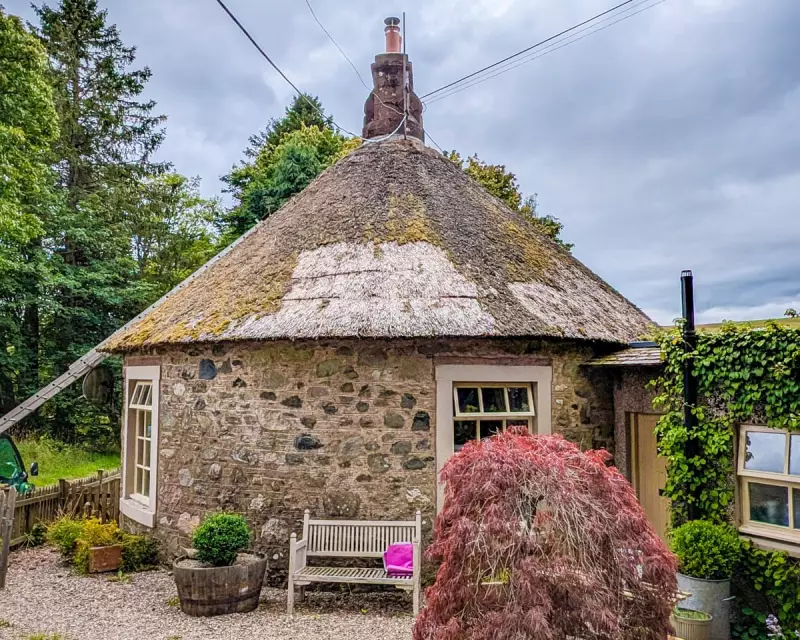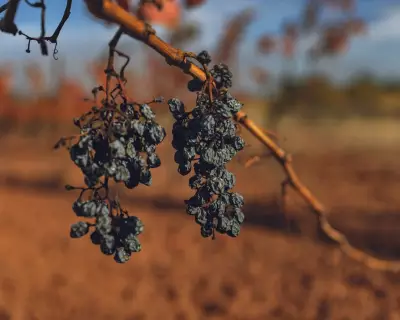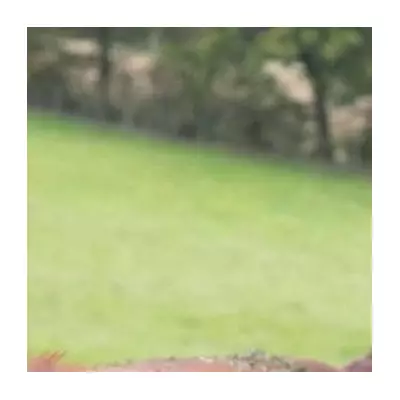
High up in the Scottish Highlands, where the wind whispers through the glens, a sight stopped me in my tracks: a fully thatched roof, its rustic surface a tapestry of history against the rugged landscape. This is no longer a common vista; it is a living relic, a breath from the past in a world of modern slate and tile.
The craftsmanship is staggering. The roof is a thick, layered quilt of heather, bracken, and marram grass, each material carefully chosen and woven by skilled hands. It’s not merely a roof; it’s a testament to a deep, ancestral understanding of the local environment and its resources.
More Than Just Shelter: A Sanctuary for Wildlife
Peering closer, the true magic reveals itself. This ancient roof isn't just a historical artifact; it's a thriving, miniature ecosystem. The dense, organic matrix provides a crucial haven for a host of creatures often displaced by modern construction.
A bustling community was evident:
- Spiders weaving intricate laces between the straw.
- Beetles scurrying through the dense undergrowth of thatch.
- The vital work of decomposers, unseen but essential, breaking down matter and enriching the structure.
This biodiverse hotspot stands in stark contrast to the sterile, manufactured roofs that dominate our skylines today, offering a vital lesson in sustainable, wildlife-friendly building.
A Dying Art in a Modern World
Yet, the sight is bittersweet. The knowledge required to create and maintain these structures is fading fast, held by a dwindling number of master thatchers. The rise of cheaper, mass-produced alternatives and stringent modern building regulations have pushed this beautiful craft to the brink of extinction.
Each time one of these roofs is replaced with slate or plastic, we don't just lose a building feature. We lose a piece of our cultural identity, a chapter of our history, and a unique habitat that supports our native wildlife. This rare Highland sighting is a powerful reminder of what we stand to lose if we let these skills vanish completely.





